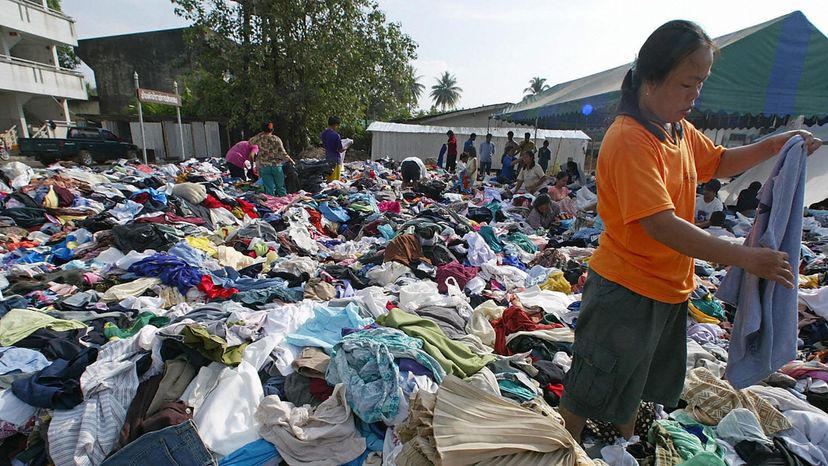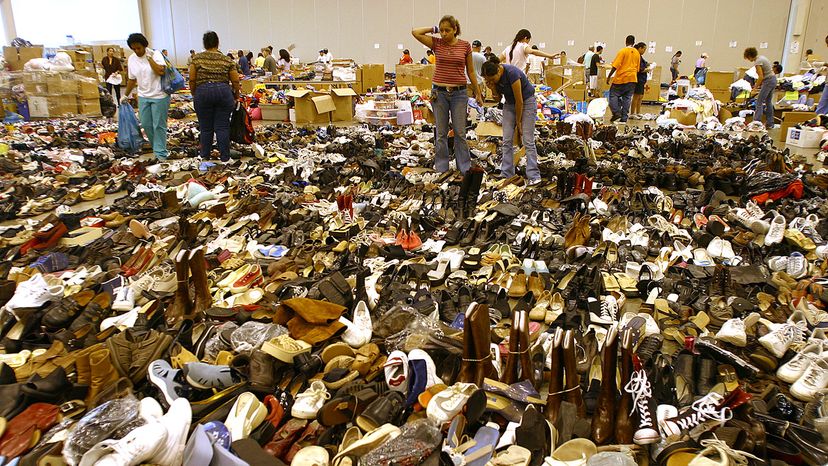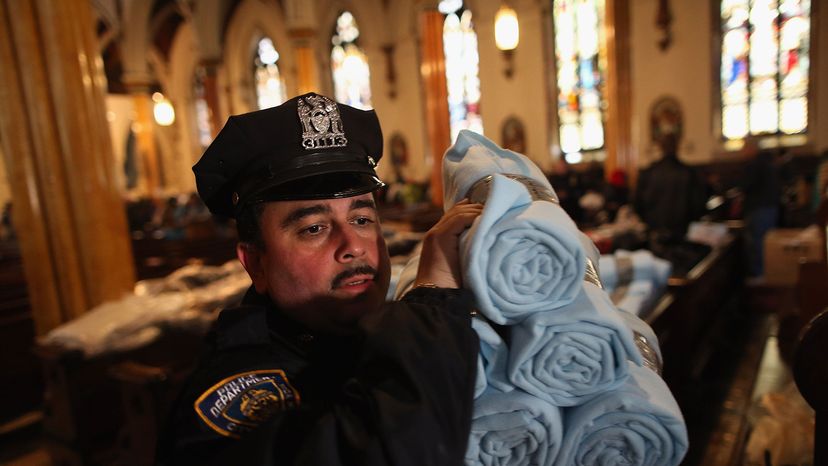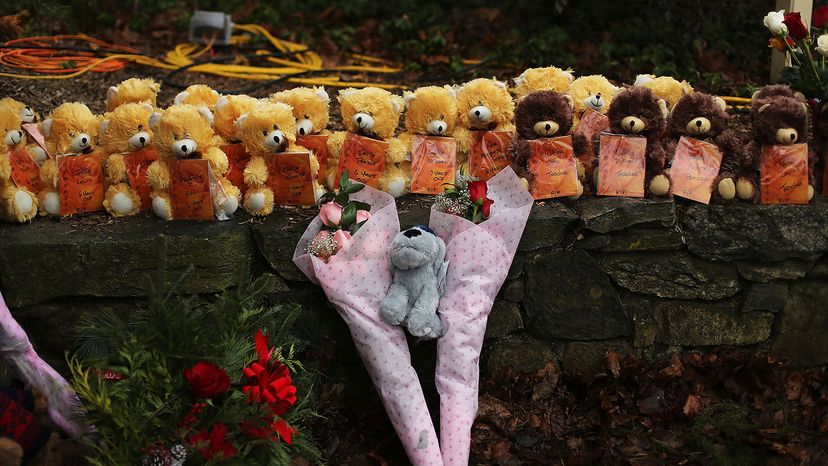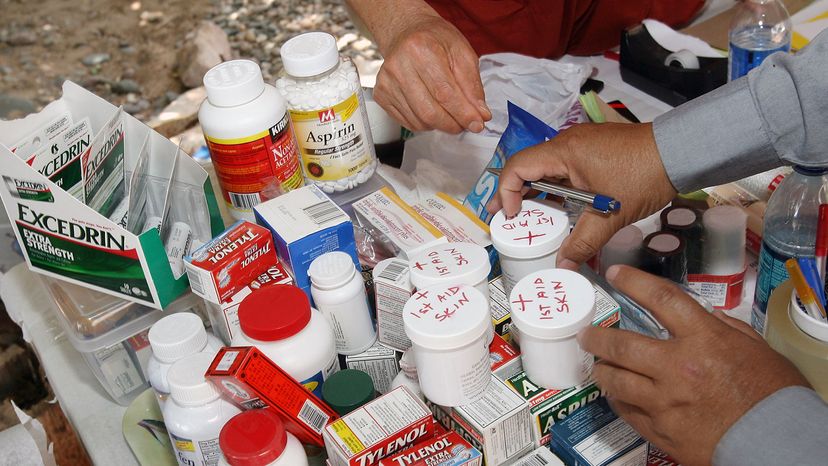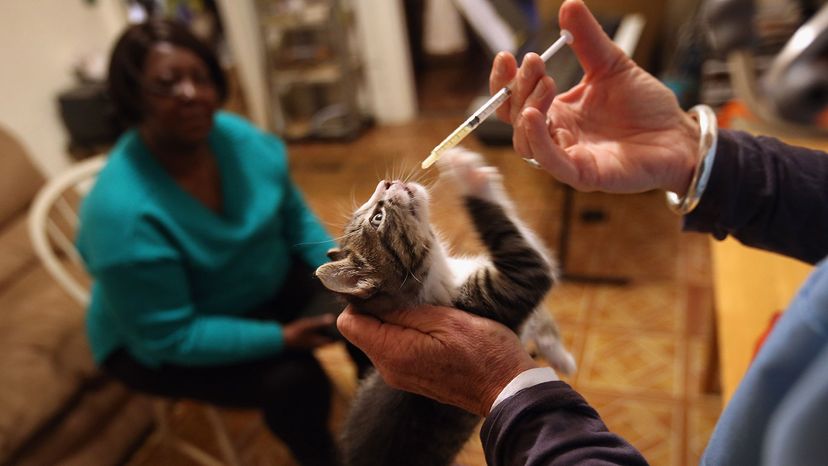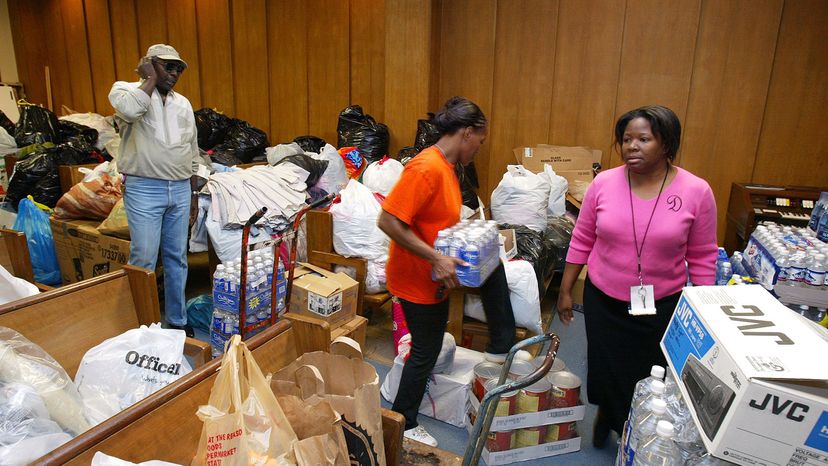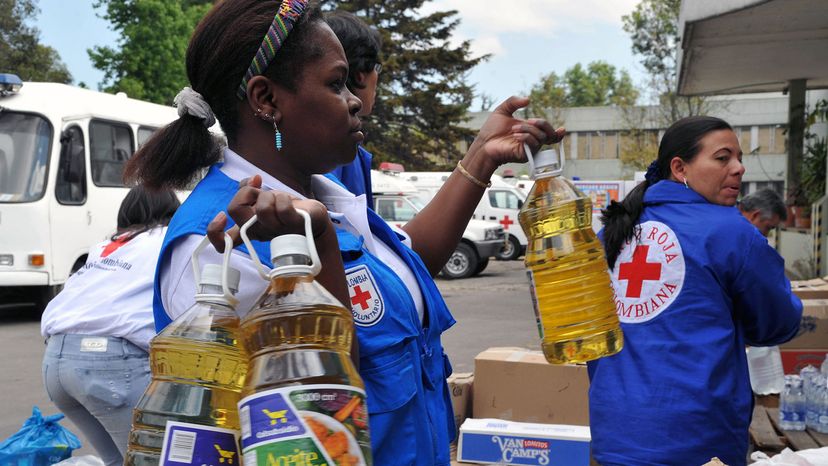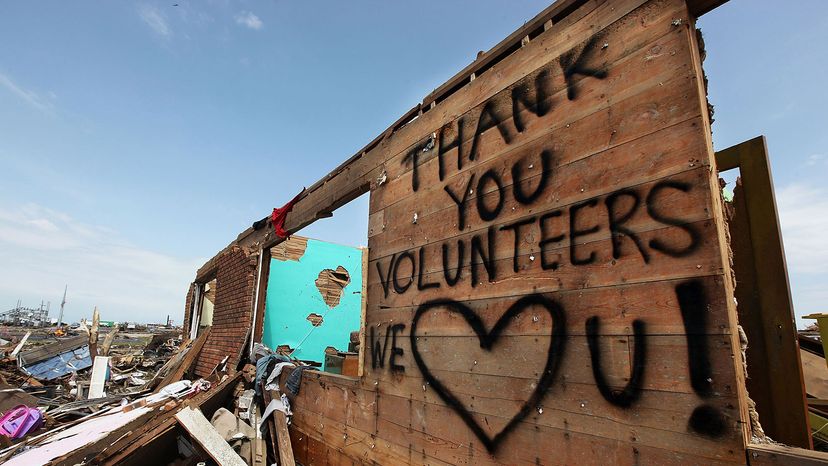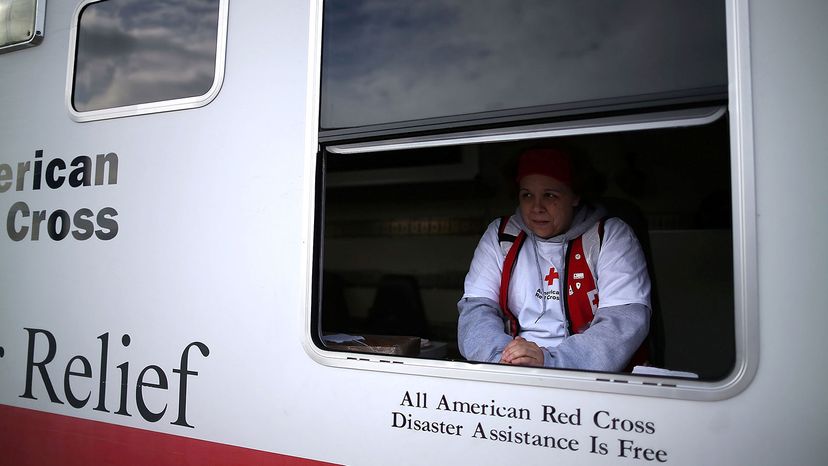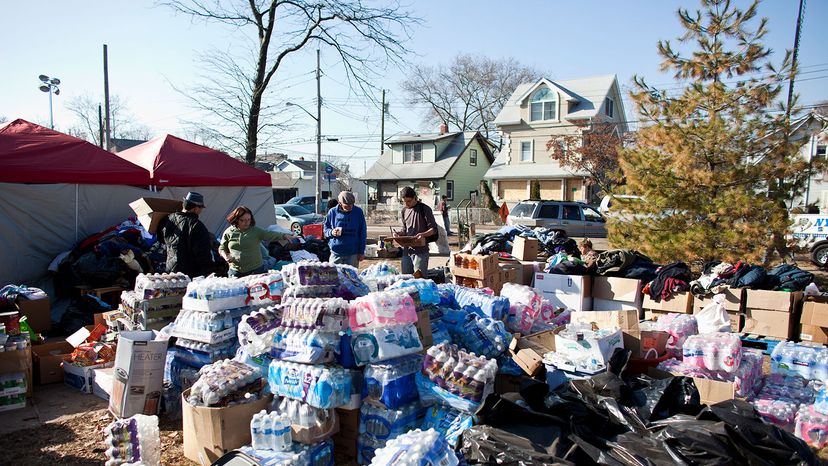
Your favorite TV show is interrupted for a breaking news story. A massive tsunami has washed ashore in Hawaii, leaving a path of destruction and death in its wake. An 8.2-magnitude earthquake struck Turkey and hundreds of thousands are missing. Or maybe a powerful hurricane has plowed through the Caribbean or a southern U.S. state, leaving millions homeless.
As you sit on your couch, surrounded by the comforts of home, you try to wrap your head around the scale of the natural disaster and the suffering of strangers halfway around the world. You feel compelled to act. You want to help these people, but you don't just want to go online and donate to a charity. You want to send them something they need, right now.
Advertisement
You grab an old moving box and start loading it with supplies people need during a disaster: flashlights, warm clothes, blankets, bottled water, canned food. You look online and find a church in Texas that sends shipments of donated goods to disaster areas. You throw in a few of your kids' old stuffed animals for good measure, wrap the box in duct tape and send it next-day air.
Little do you know that in your zeal to make a difference, you aren't really helping at all. In fact, you are contributing to what relief workers call the disaster after the disaster. Here are ten of the worst things to donate.
